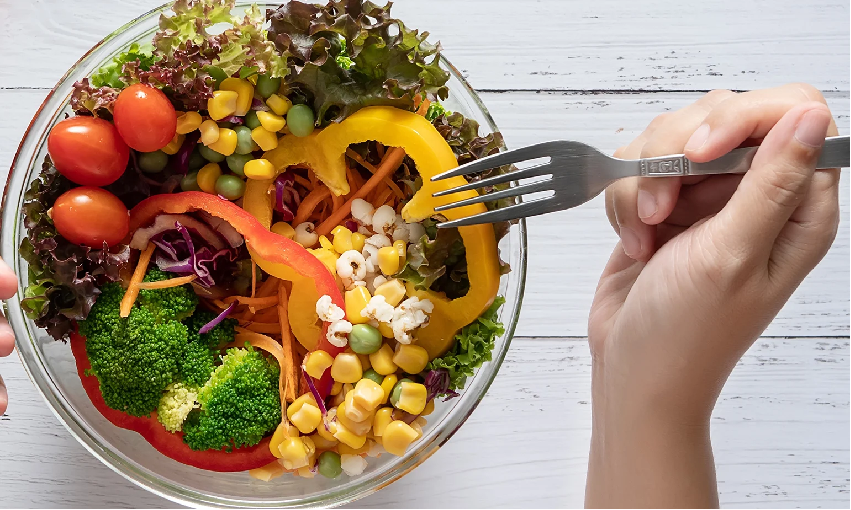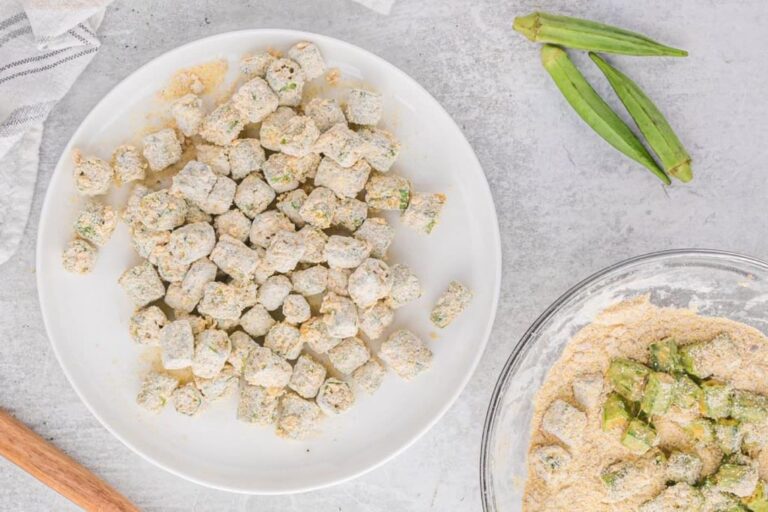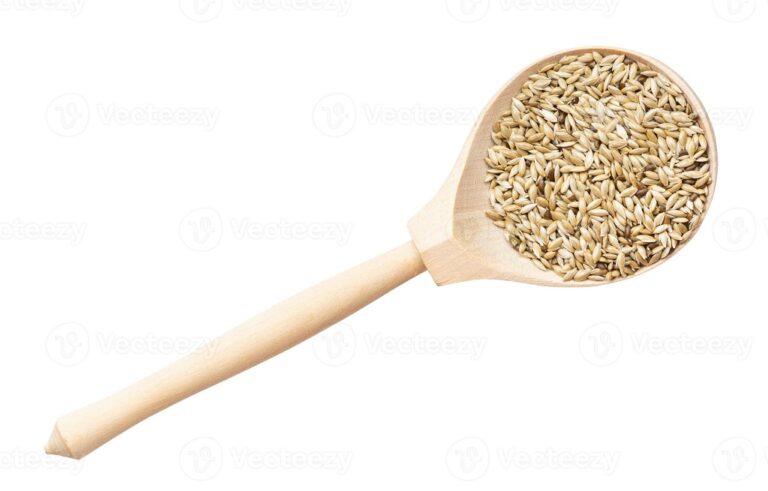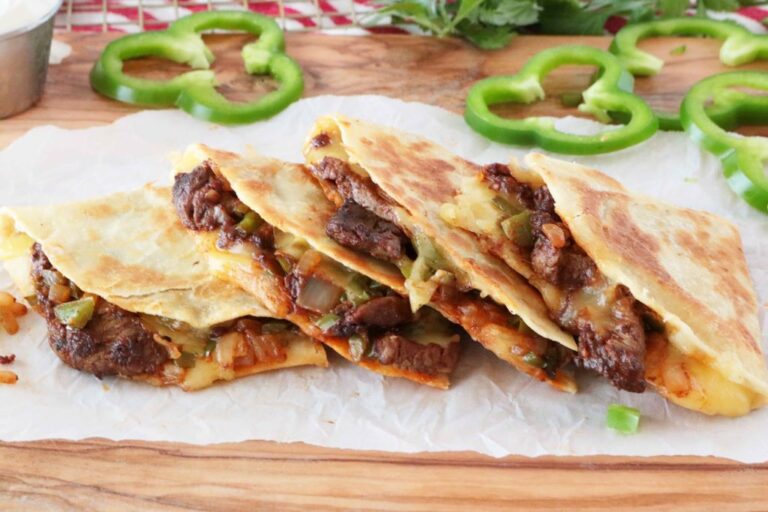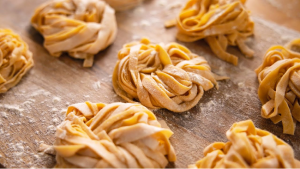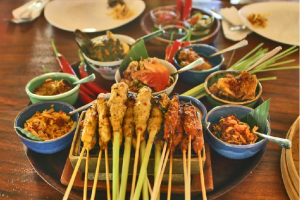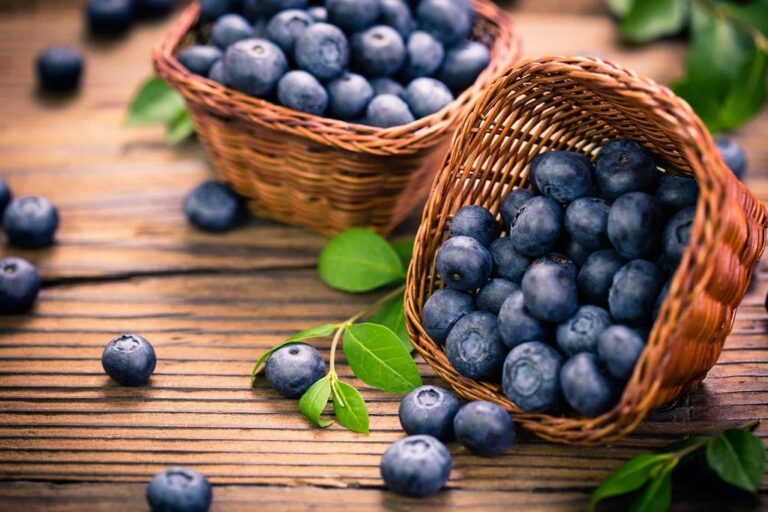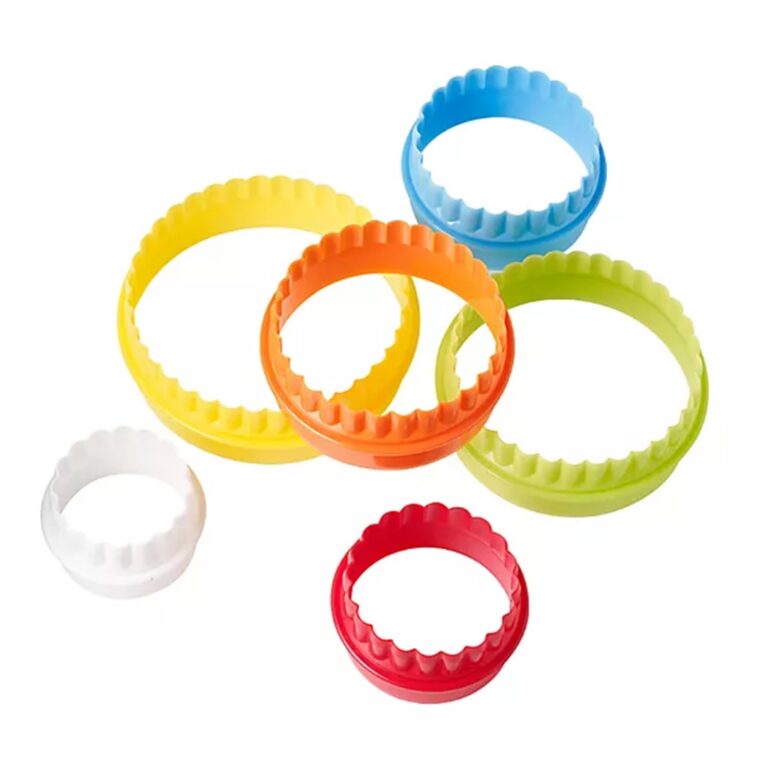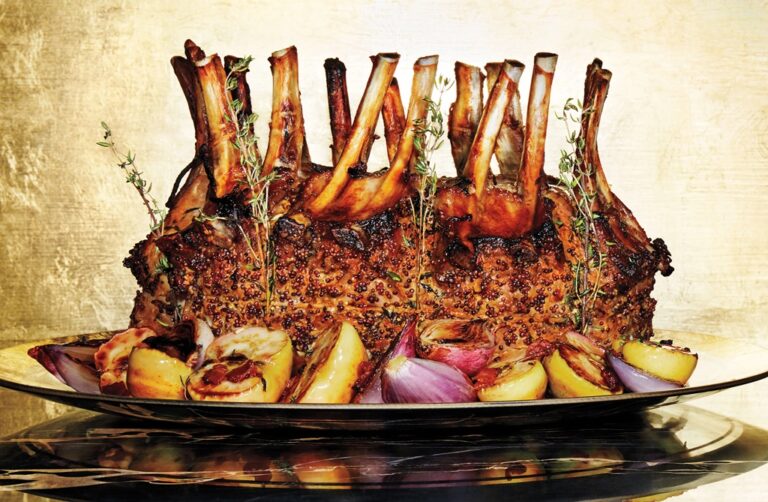They are the true healthiest foods, those that over time and to this day have been considered the most beneficial. This is what you should eat to live better.
Superfoods have been the buzzword for a few years now. Kale, or kale, goji berries, spirulina… The gurus of this new religion of the 21st century assure us that we must include these foods in our diet, inevitably, due to the innumerable benefits they have for our health. For this reason, we decided to look for the 50 healthiest foods in history, those that have been part of our diet since time immemorial and that is repeated in all scientific research. They are what we could consider the 50 stars, the true superfoods, those whose nutrients are essential to keep our body in the best possible shape.
For this, we have had the advice of the president of the Mediterranean Diet Foundation, Lluís Serra-Majem, and Lourdes Samaniego Vaesken, from the San Pablo CEU University. In fact, this expert warns: “ There are no good or bad foods, but more or less healthy diets. or eating patterns. The fashion of attributing beneficial properties to food, so current, can serve to educate the consumer regarding those foods that should not be missing from their diet, but always in the context of variety, balance, and moderation. Even olive oil, whose composition is very beneficial, should be taken in moderation”.
Turkey
The process of domestication of this bird took place in Mexico in the first millennium of our era, where in addition to eating, they used their feathers as an ornamental method.
It is the meat with the lowest concentration of fat, and when cooked it also loses carbohydrates. It is an important source of minerals, folic acid, and B vitamins.
Lean Beef
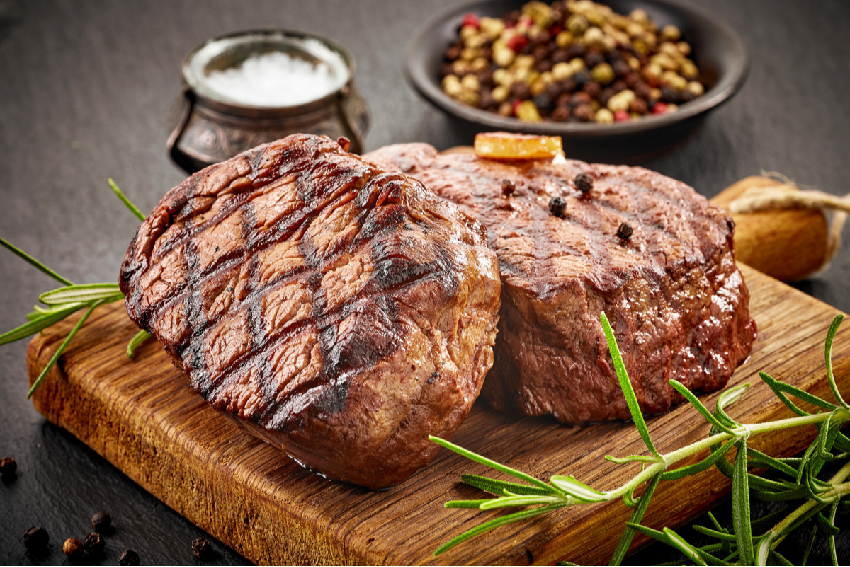
The calf was domesticated about 10,000 years ago in the Middle East. Its meat, in addition to protein, provides important minerals such as iron, zinc, magnesium and phosphorus, and B vitamins.
Bean Sprout
Its origins are in the Far East, where its use as food has been documented for more than 5,000 years. They include the greatest contribution of minerals from legumes and contain isoflavones, a powerful antioxidant that prevents osteoporosis and breast cancer. They are very useful to counteract excess estrogen and related diseases.
Mushroom
In Chile, species of mushrooms have been found in human deposits since 13,000 years ago. They contain a lot of water and little fat, which makes them ideal for weight loss diets. They are a source of vitamin A, riboflavin and niacin, and minerals such as potassium and phosphorus. It is worth highlighting its antitumor properties and its ability to reduce cholesterol.
Beans
They are native to America (Peru and Mexico), although they are cultivated throughout the world. They have been used as food for more than 2,000 years, and there are references to them in the Bible.
They are the legumes with the highest iron content, which, together with their B vitamin content, makes them a great preventative against anemia. In addition, they contain fiber, which helps reduce cholesterol levels and fights constipation.
Lenses
They come from Southwest Asia, from where they spread to the Mediterranean basin. The oldest remains of this crop date back to 6600 BC. c.
In addition to the famous iron, they provide calcium, magnesium, zinc, and phosphorus. And according to recent studies, they improve blood sugar control and their high folic acid content prevents breast cancer.
Chickpea Beans
Originally from Turkey, they spread to Europe and then to the other continents. They are a source of plant-based protein, starch, calcium, iron, magnesium, zinc, and phosphorus. Although they have a reputation for being indigestible, their high fiber content favors intestinal transit and helps fight constipation. They also provide tannins and phytates, with an important anticancer effect.
Oatmeal
Evidence of its cultivation has been found in Central Europe during the Bronze Age. It is one of the most complete cereals since it provides energy, vitamins E, B6, and B5, as well as minerals such as iron, selenium, magnesium, and copper.
It is also rich in fiber, essential amino acids, and omega-6. Prevents hypothyroidism and helps lower bad cholesterol.
Whole Grains
Already in the Neolithic, about 6,000 years ago, barley, wheat, and millet were grown. Spelled was added in the Bronze Age, and rye in the Iron Age. Among its many benefits, its high content of fiber and B vitamins stands out. There are also those with extra contributions of iron, calcium, and even magnesium.
Cheese
There is evidence of dairy production in cultures that existed 4,500 years ago.
Its qualities depend on the composition and its production and maturation process. It is a source of vitamin B12, niacin, and vitamin A.
Yogurt
The Thracians lived in present-day Bulgaria in 6000 BC. C, they already made yogurts.
It is rich in calcium, phosphorus, and B vitamins, and the bacteria that live in it are known to help balance the bacterial flora of the intestine and boost the immune system to fight infections.
Parsley
Originally from Sardinia, it has been known since ancient times, although in the beginning it was used only as an ornament to honor the deceased. It was not until the Middle Ages that it began to be used in the kitchen. In fact, it became so popular that it gave rise to the expression “being everywhere, like parsley”.
Although it may seem superfluous, this condiment has a high content of vitamin C, flavonoids with antioxidant, anti-inflammatory, and diuretic action, and an essential vasodilator and toning oil. It is also a fundamental source of vitamin K, useful for promoting blood coagulation, preventing and even treating osteoporosis, and protecting us against possible heart attacks. All these properties are present in fresh parsley, but most are lost in dried parsley. Finally, it has apigenin, a substance used in natural medicine against asthma, insomnia, and neuralgia.
Basil
Of Indian origin, Greek Orthodox Christians use it to prepare holy water. It is an excellent source of iron, essential oils with anti-inflammatory and antibacterial properties, vitamins, and beneficial antispasmodic qualities.
You may also be interested in TEN TIPS ON HOW TO MAKE BETTER HOMEMADE PASTA

